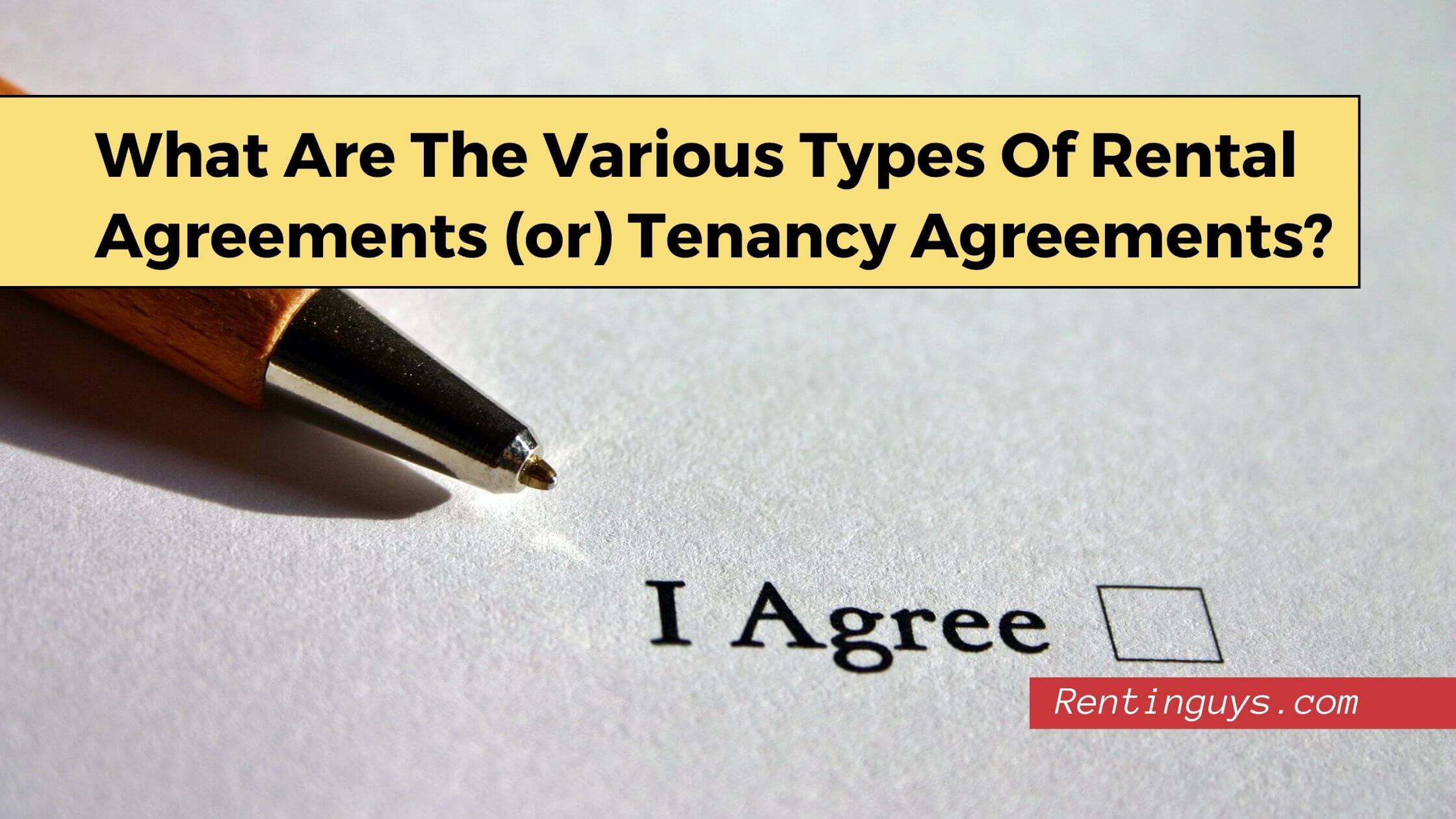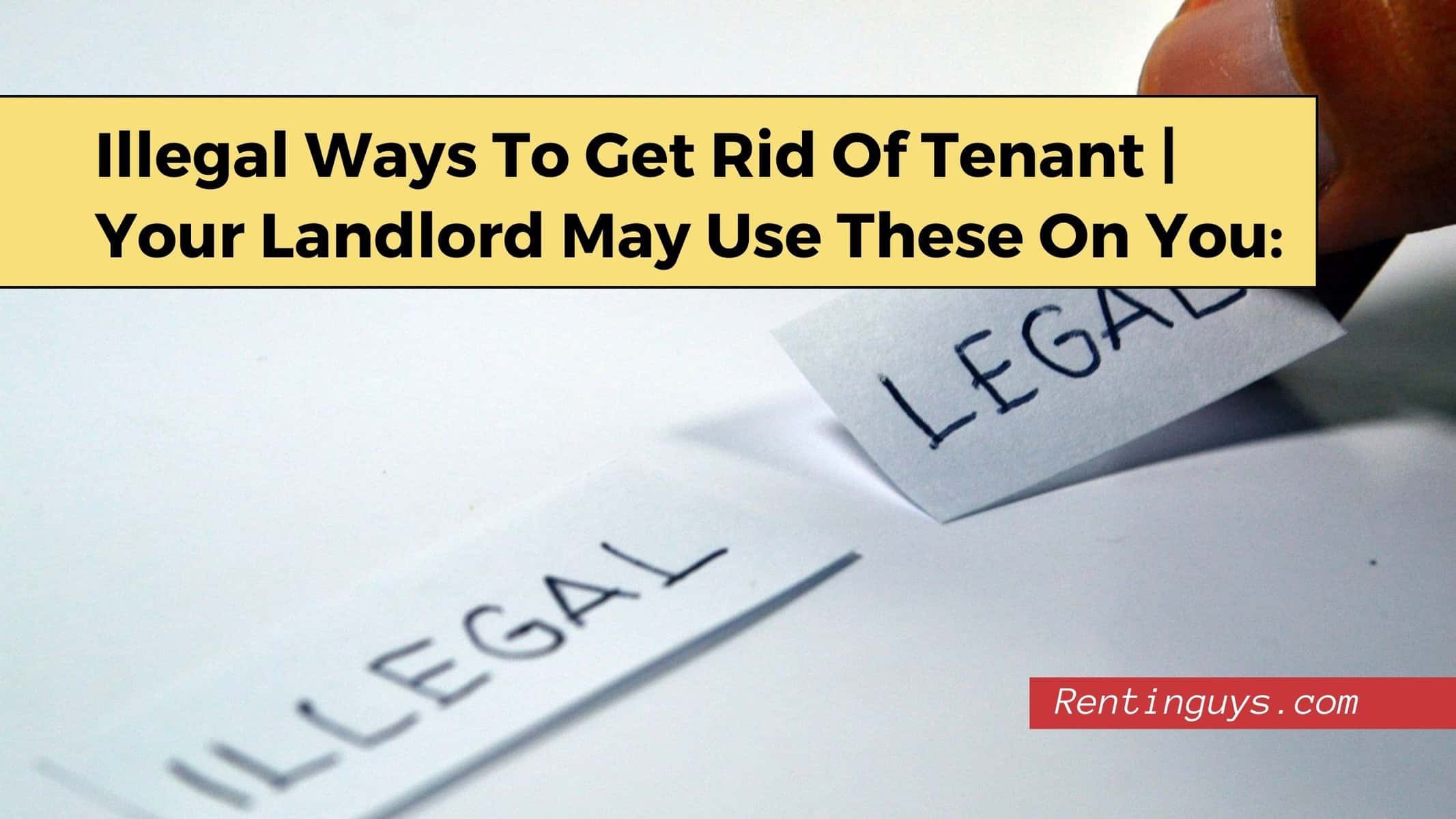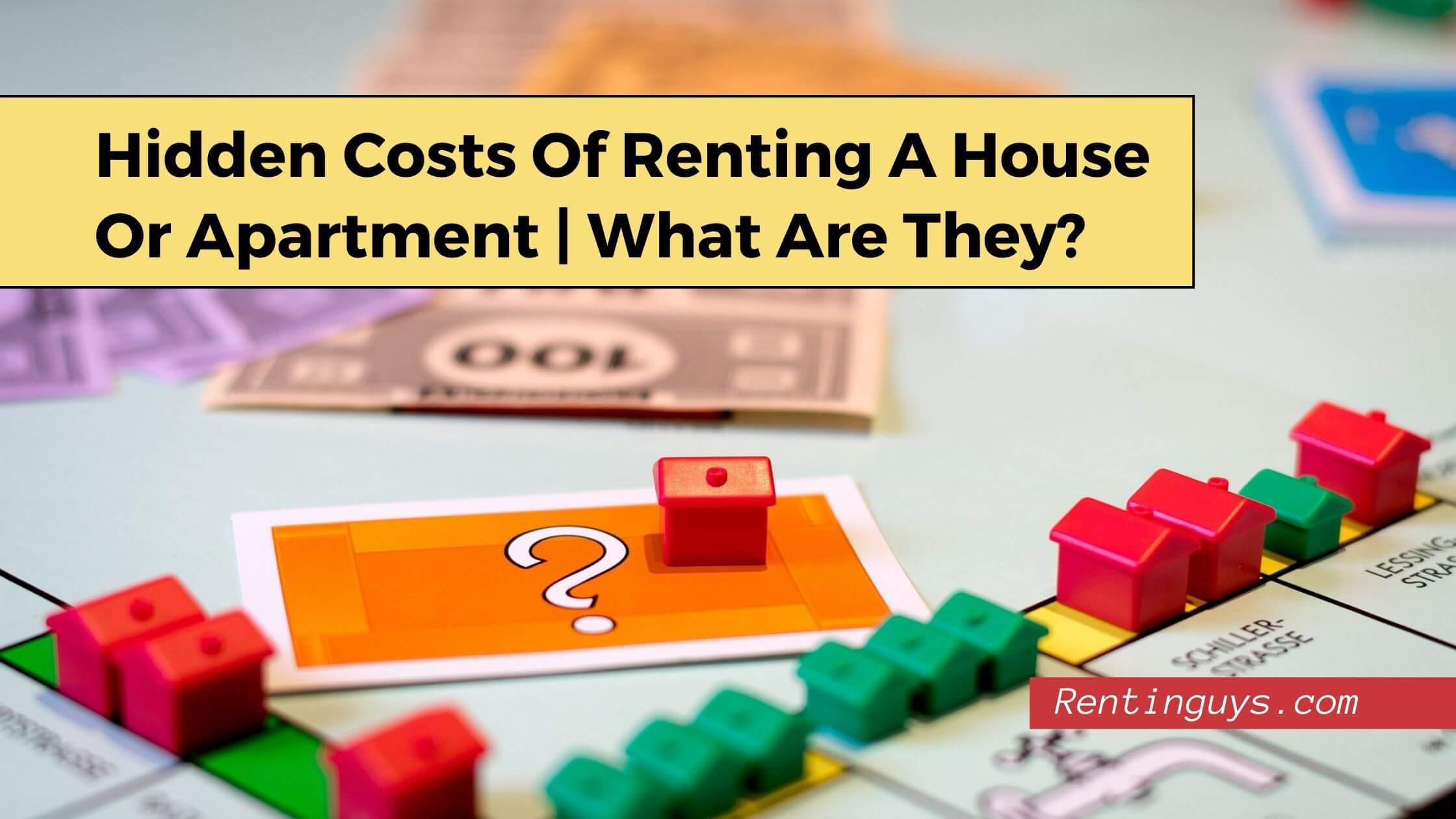The rent or tenancy agreement is a critical part of the renting process.
The agreement contains clear details about various topics such as the type of rental agreement, duration of the agreement, landlord and tenant responsibilities, pet policy, guest policy, emergency maintenance, terms and conditions of the lease, and the penalties for breaking the lease.
The rent agreement plays a crucial role in solving many landlord-tenant disputes.
There are several types of rent agreements, and the landlord determines what type of rental agreement is suitable for his property.
Before moving to the types of rental agreements, it is important to know what is a rental agreement.
What is a rental agreement?
The rental lease agreement is a written contract between the landlord and the tenant.
The agreement is legally binding on both parties and can be used for different types of properties such as apartments, condos, duplexes, houses, townhouses, and commercial spaces.
The rental agreement is also known as a lease agreement, apartment lease, house rental agreement, rental agreement, rental contract, rental tenancy agreement, or tenancy agreement.
How many types of rental agreements are there?
Rental agreements can be broadly classified into 4 types:
- Month-to-month lease
- Short-term lease
- Long-term lease
- Rent-to-own lease
1. Month-to-month lease agreement:
As the name suggests, this lease agreement lasts only for a month. The lease is automatically renewed at the end of each month until either the landlord or the tenant serves an advance notice to break the lease.
Advantages of a month-to-month lease
- Ideal for landlords looking to find short-term tenants
- Ideal for tenants searching for short-term rental homes
- You can easily break the lease without penalties
Disadvantages of a month-to-month lease
- The landlord can increase the rent prices any time as the lease renews every month
- The landlord can alter the terms and conditions of the lease easily
- The landlord can ask you to vacate the property anytime and it is difficult to find a new home at short notice.
2. Short-term lease agreement:
The short-term lease lasts for a duration of three to six months. It is longer than the month-to-month lease and shorter than the long-term lease.
Unlike the month-to-month lease, the short-term lease does not renew automatically at the end of each duration. The tenant has to request to renew the lease.
Advantages of short-term lease
- The landlord cannot increase the rent or alter the terms as the lease does not renew automatically.
- It is suitable if you are visiting a new city for a short duration for work, travel, or education.
Disadvantages of short-term lease
- The lease duration is for short-term and the landlord can ask you to vacate the property after the lease ends.
- There is less stability as you have to renew the lease every three to six months.
- Some rights available for long-term tenants may not be available to you.
3. Long-term lease agreement:
A long-term or fixed-term lease lasts for a longer duration, 12 to 15 months or more as agreed by the landlord and the tenant.
This is the most common type of rental agreement preferred by a majority of homeowners.
Advantages of a long-term lease
- You can have stability as the lease duration is for a more extended period.
- The housing laws protect long-term tenants with specific rights.
- The landlord cannot alter the terms of the lease or evict you without a reason until the end of the lease term.
Disadvantages of a long-term lease
- It is difficult to break the lease
- You may have to pay huge penalties and risk forgoing your security deposit if you do not abide by the lease or break the lease.
- You have to go through the terms and conditions of the lease carefully before signing it as it binds you to the landlord until the end of the lease term.
4. Rent-to-own lease agreement:
A rent-to-own lease agreement gives you the option to buy the property at the end of the lease term.
There are two types of rent-to-own lease agreements, namely, lease option agreements and lease purchase agreements.
Purchasing the property at the end of the lease term is optional in the lease option agreement, while you are obliged to buy the property in the case of a lease-purchase agreement.
Advantages of a rent-to-own lease agreement
- You can live in the property before buying it
- It gives you time to arrange funds for the initial payment and get a home loan
- Some landlords also allow you to pay the initial down payment in installments during the course of the lease term.
Disadvantages of rent-to-own lease
- You have to choose the right type of rent-to-own agreement to safeguard your interests.
- If you choose the lease-purchase option, it becomes mandatory to purchase the house.
Apart from these major types of rental agreements, there are other tenancy agreements such as
Short-term vacation rental agreements –
These agreements are used by tenants, who want to use the property for a short period, especially as a vacation rental.
The duration of these agreements is generally between one day to 31 days.
The short-term vacation rental agreement explains the house rules to the guests and mentions what services and amenities guests can expect upon arrival.
Sublease agreement:
If you want to sublet a portion of your rented house, you have to use the sublease agreement. It is crucial to get the permission of the landlord before subletting the property.
The sublease agreement is between the tenant and the subtenant and outlines the responsibilities and rights of both parties.
Room rental agreement:
This agreement is applicable for tenants who are renting a room on a property in shared housing.
The agreement specifies how the utility bills and rent payments are divided among the tenants, house rules, guest policy, pet policy, etc.
Which type of rent agreement is valid?
The lease agreement becomes valid only when both parties, the landlord and the tenant, sign the document. If the landlord has a property manager, the property manager will sign the lease in place of the landlord.
The lease can be signed either offline or online. You have to use electronic signatures for signing an online lease. If you cannot use electronic signatures, you can ask the landlord to email, text, or send the physical document through the mail.
After you sign the lease, the landlord or property manager will provide a copy of the lease, which should be kept in a safe place.
Most landlords charge extra to give additional copies of the document.
Verbal lease
A verbal lease without a written copy is valid for one year. If you move into the property and the landlord accepts the rent payment, the lease will be considered a month-to-month lease and is valid for a duration of one year.
A rental agreement is a formal contract between the landlord and the tenant. It outlines the terms under which the landlord agrees to rent his property.
It also details the rights and responsibilities of the tenant and the landlord, and the penalties for breaking the terms of the lease.
The rental agreement can be written or verbal. A verbal lease is valid for one year while a written lease is valid for the duration mentioned in the lease.
Even after the lease period expires, the tenancy will convert into a month-to-month lease and will be valid till the landlord or tenant gives a written notice.
There are various types of leases. The landlord usually determines the type of lease based on their business model and the type of their property.







